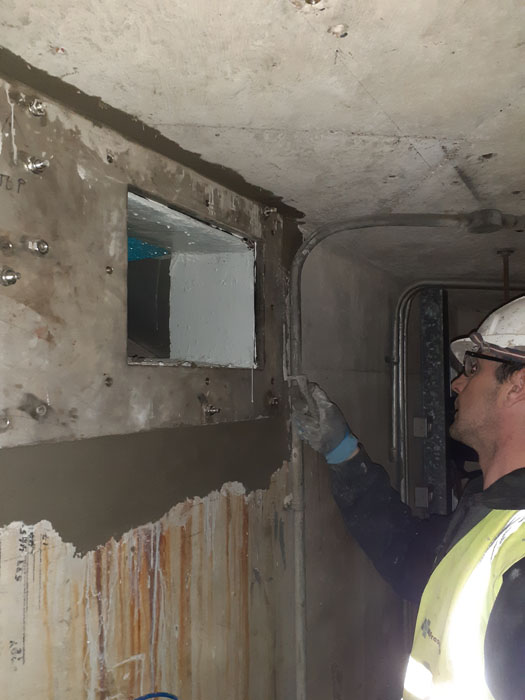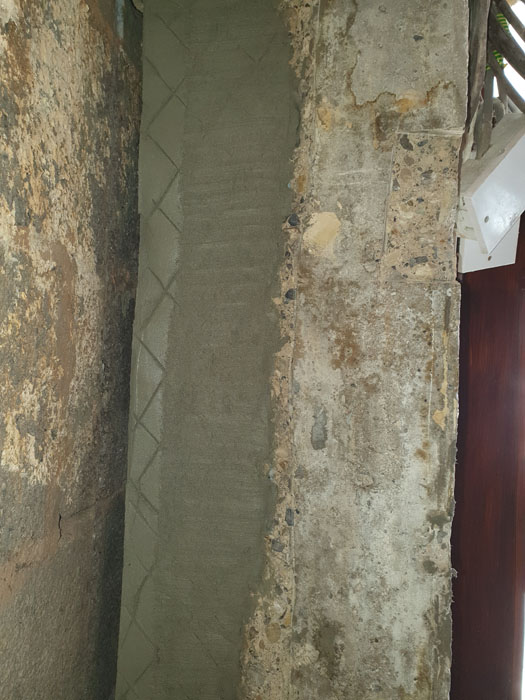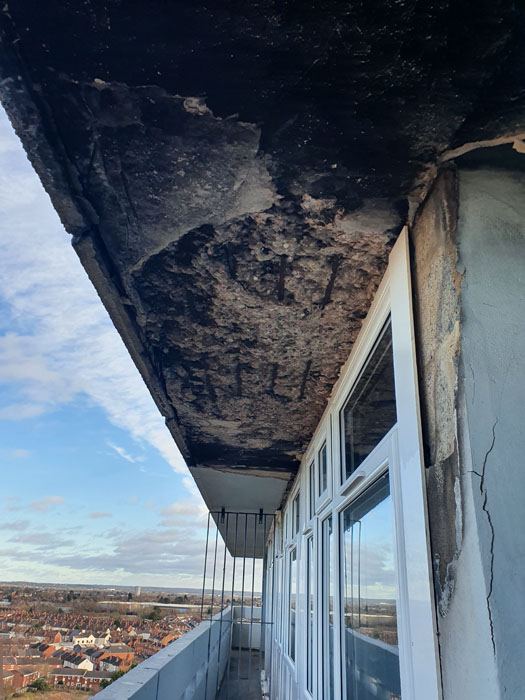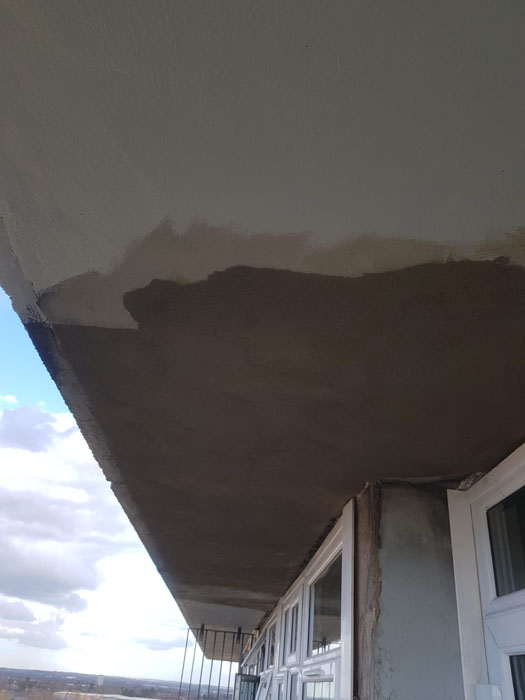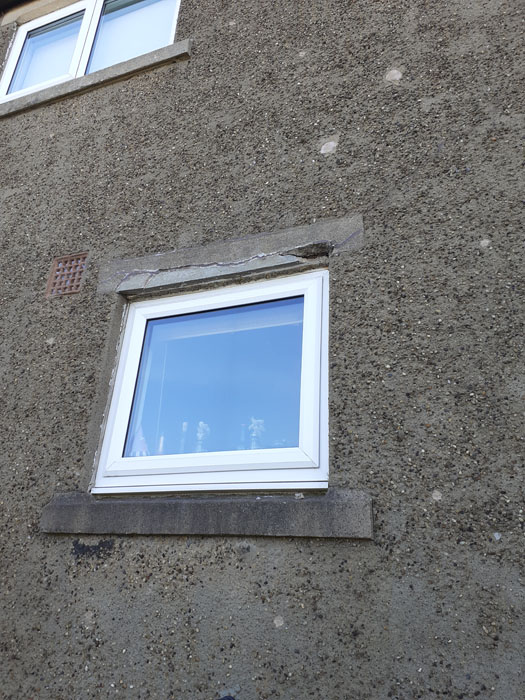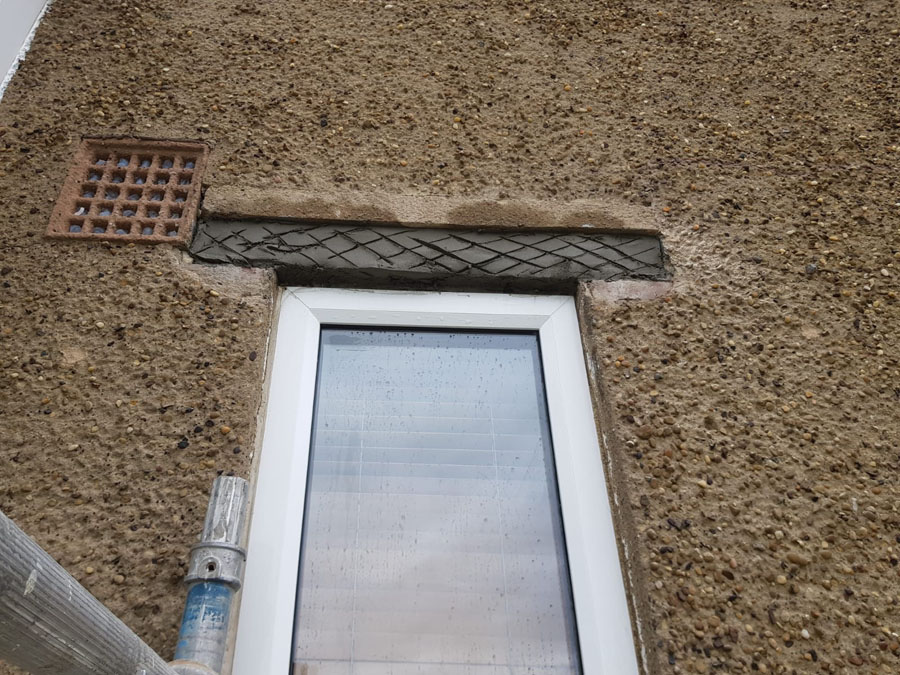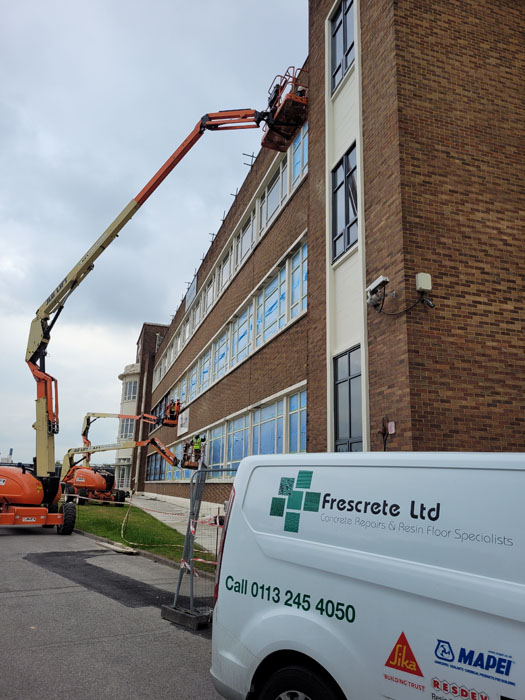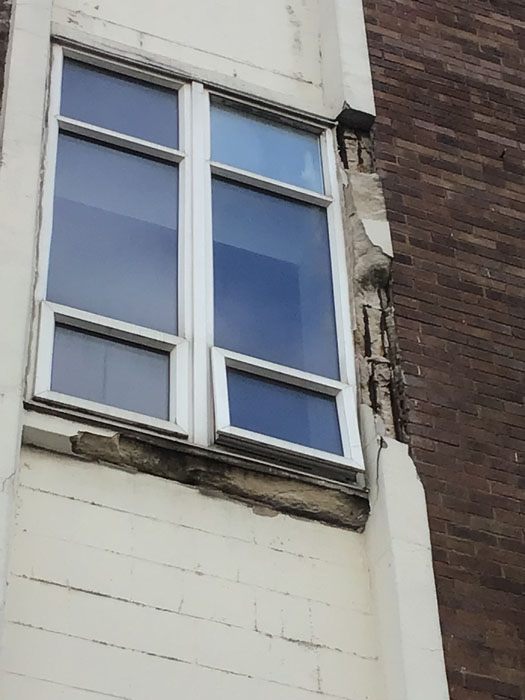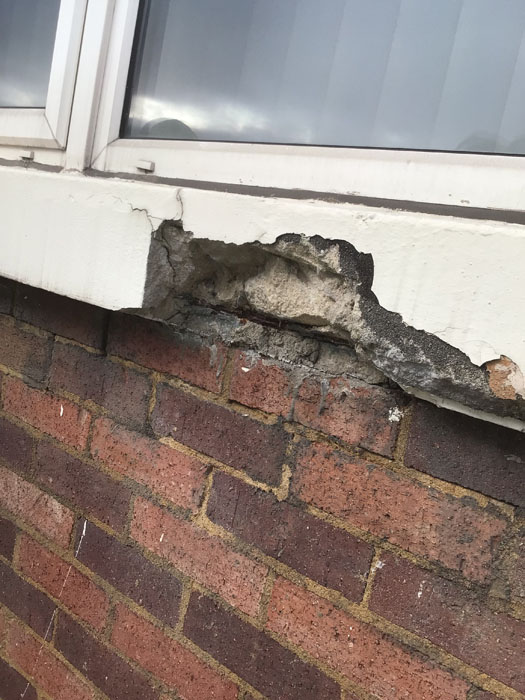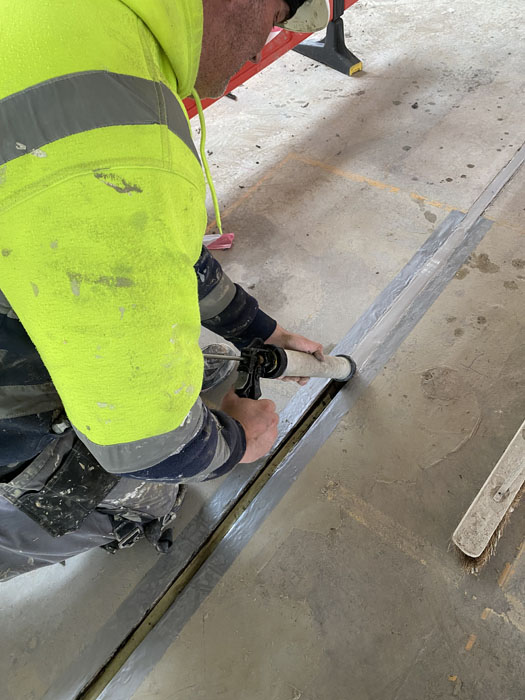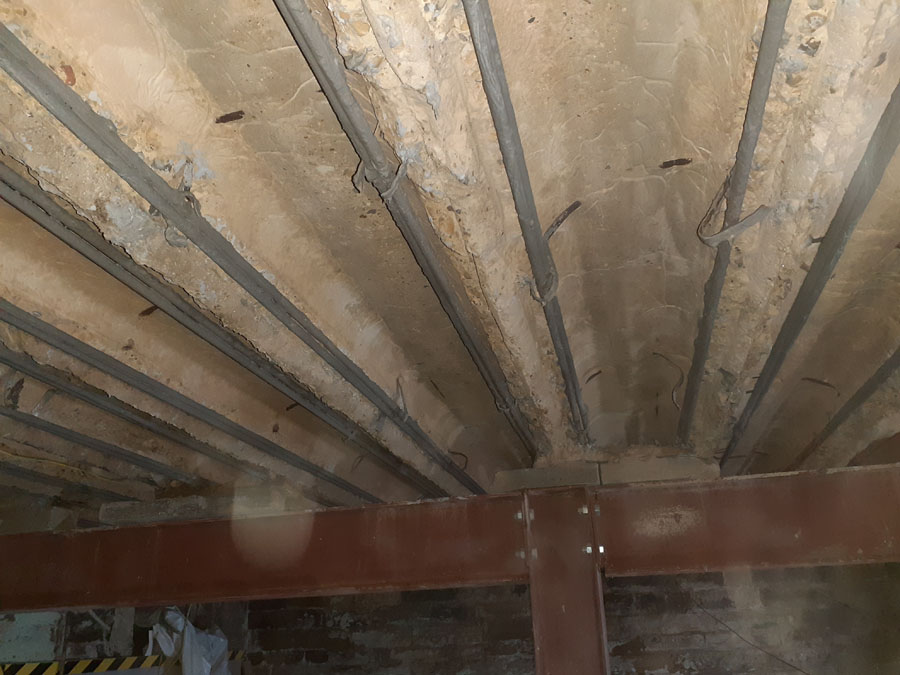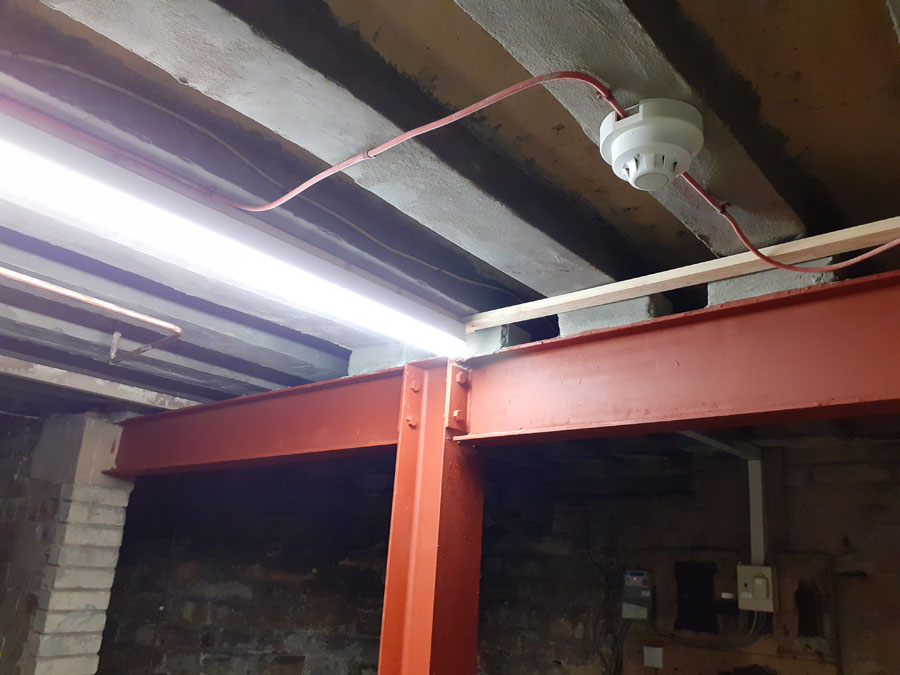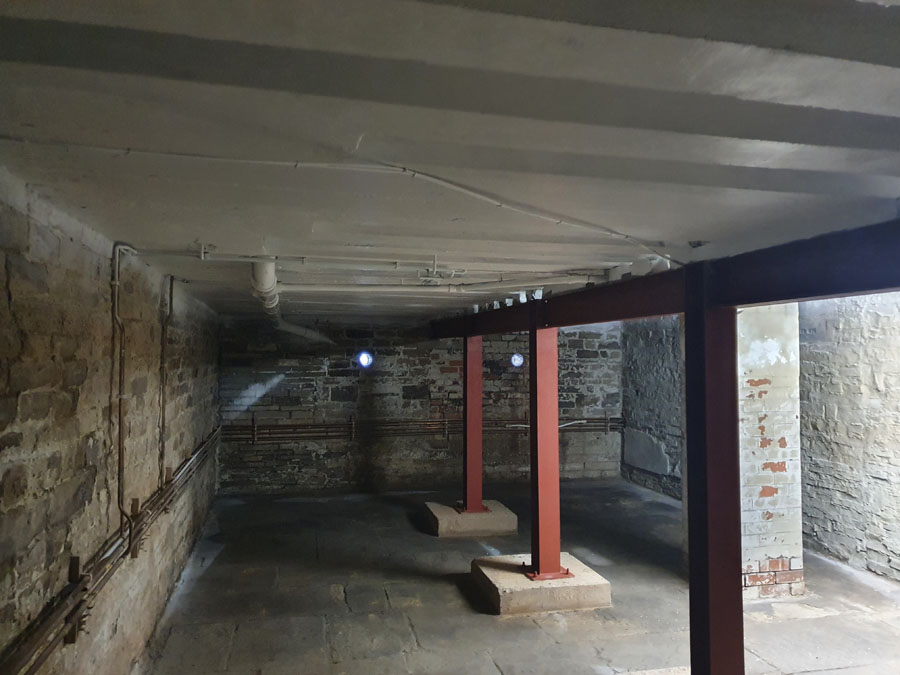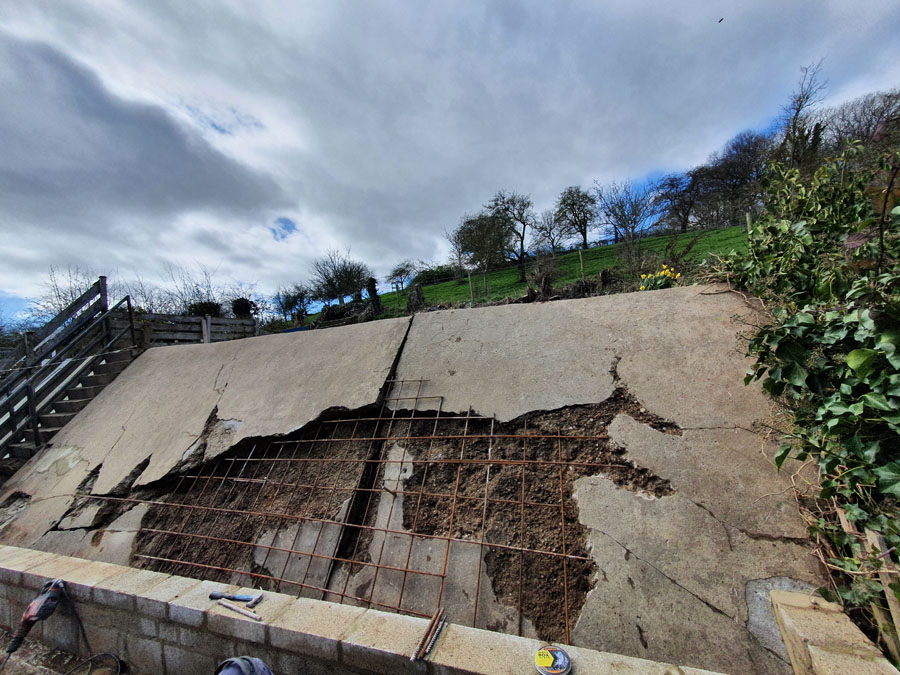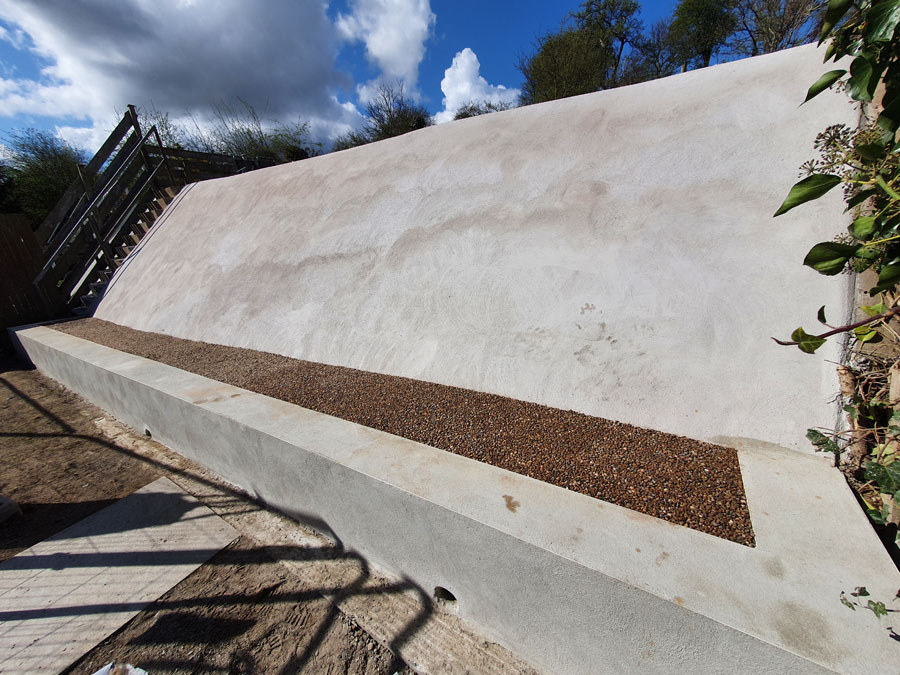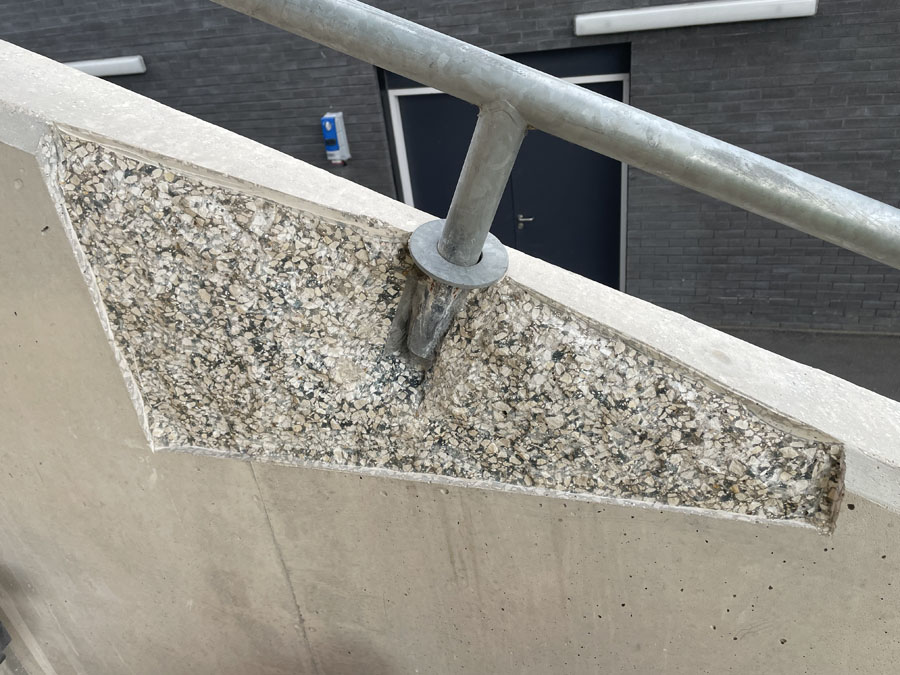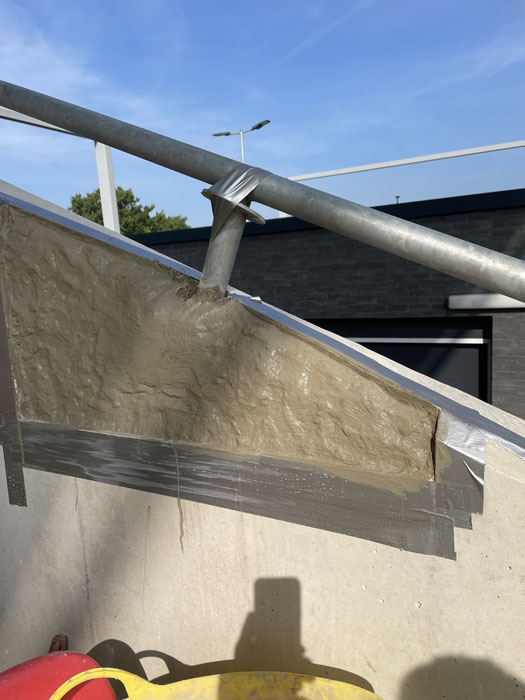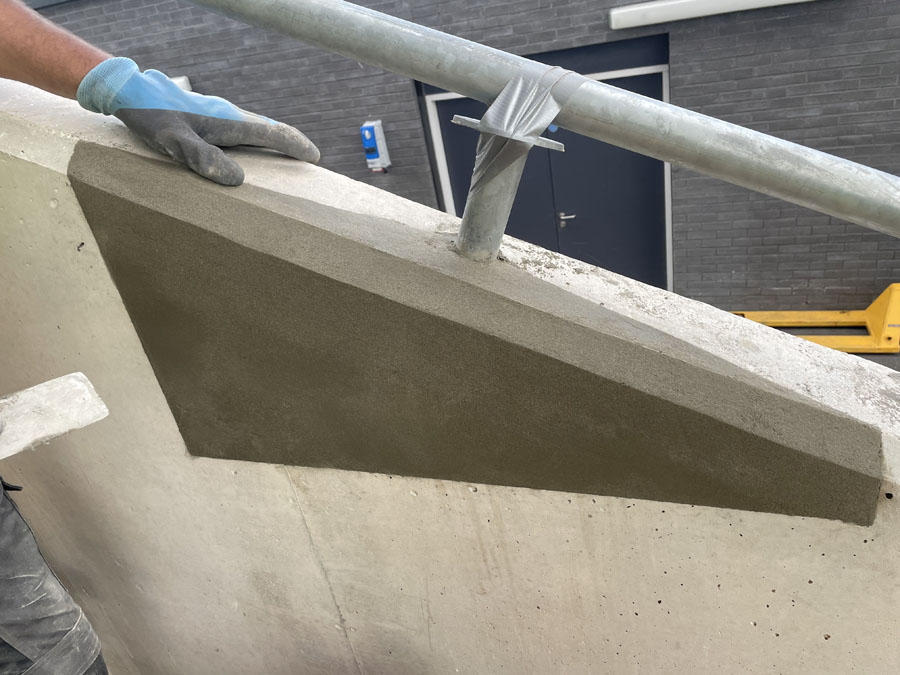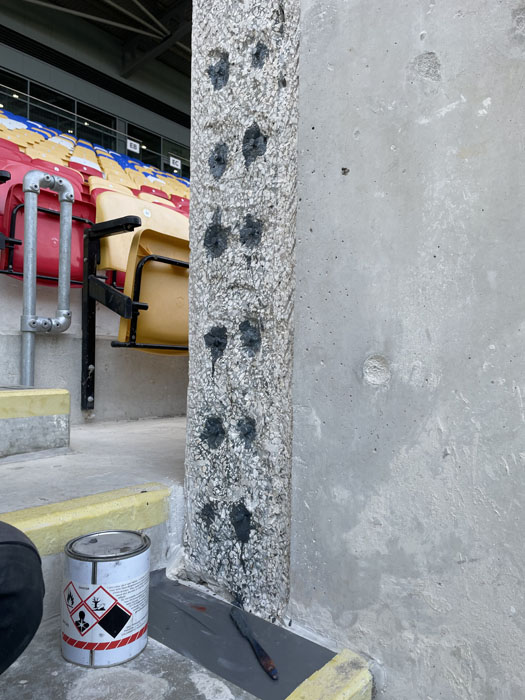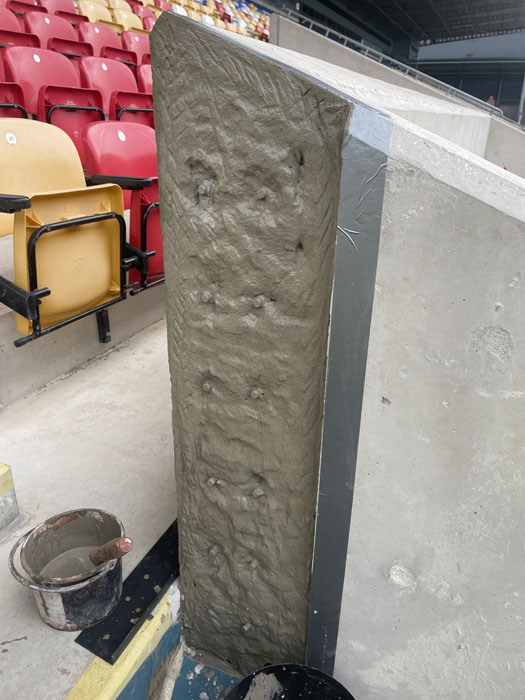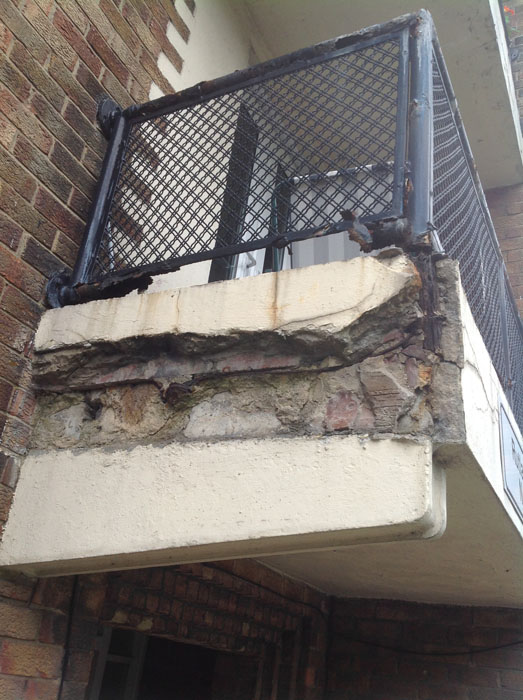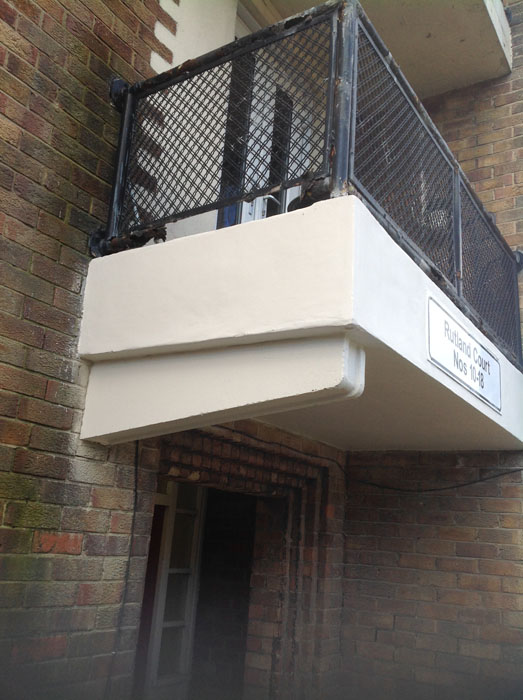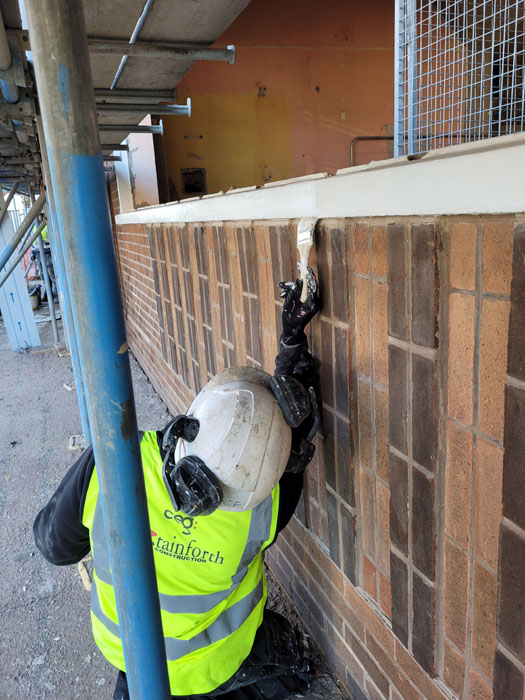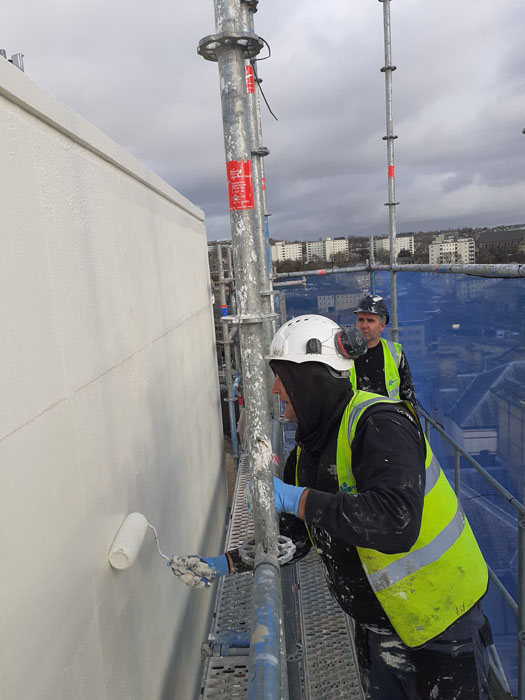SERVICES
Concrete Repairs and Coatings
Concrete Repairs
As the second most used material on earth, concrete continues to play an essential role in allowing us to engineer our built environment to create durable and robust structures for us to live and work in. Whilst modern concrete designs can boast of high performance and long-life expectancy, older, poorly constructed or maintained, damaged or defective designs can cause a headache for building owners and asset managers alike.
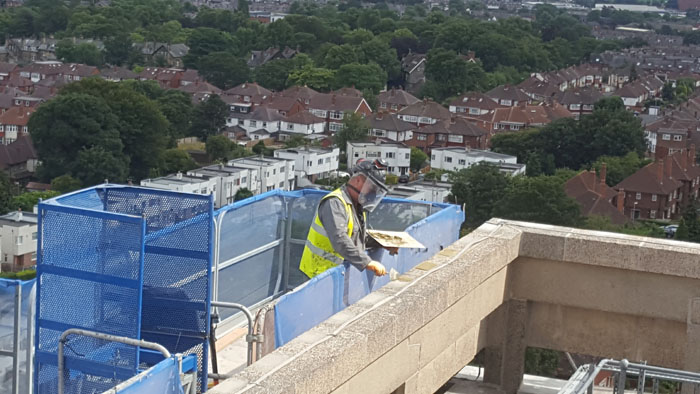
Corrosion of Reinforcing Steel
Steel reinforcement is commonly incorporated into concrete to enhance its tensile and flexural strength, allowing us to form shapes such as columns, beams, lintels, and arches to frame and support other building elements. Yet the largest single cause of deterioration in reinforced-concrete structures is corrosion of the reinforcing steel itself. This could be due to several different causes, such as the inclusion or penetration of inappropriate chemicals within the concrete mix itself, or due to external physical factors such as freeze-thaw action.
The key to resolving these defects is to employ a proven repair system that covers all aspects, from the correct diagnose of the underlying causes, all the way through to choosing the appropriate materials and repair methods.
To achieve this, Frescrete undertakes concrete repairs in accordance with the industry standard BS EN 1504, Products and Systems for the Protection and Repair of Concrete Structures.
Experienced in Concrete Repair
Frescrete has a wealth of experience in dealing with the differing causes of concrete degradation and can work alongside specifiers and surveyors, sourcing from a range of product systems, to develop cost-effective repair solutions. This enables us to factor in both operational and environmental considerations to select product systems that offer optimum performance with minimal installation disruption.
Each project undertaken receives careful analysis of how our activities and products used may impact on the health and wellbeing of those around us, as well as the environment in general.
In so doing, we frequently work alongside other trades, as well as in ‘live’ environments where understanding and accommodating the needs and activities of existing occupiers is of paramount importance. This might mean working outside of normal working hours to minimise disruption, selecting alternative products that cure faster or have a lesser COSHH impact on those around us, or utilising alternative mechanical measures to break out defects.
